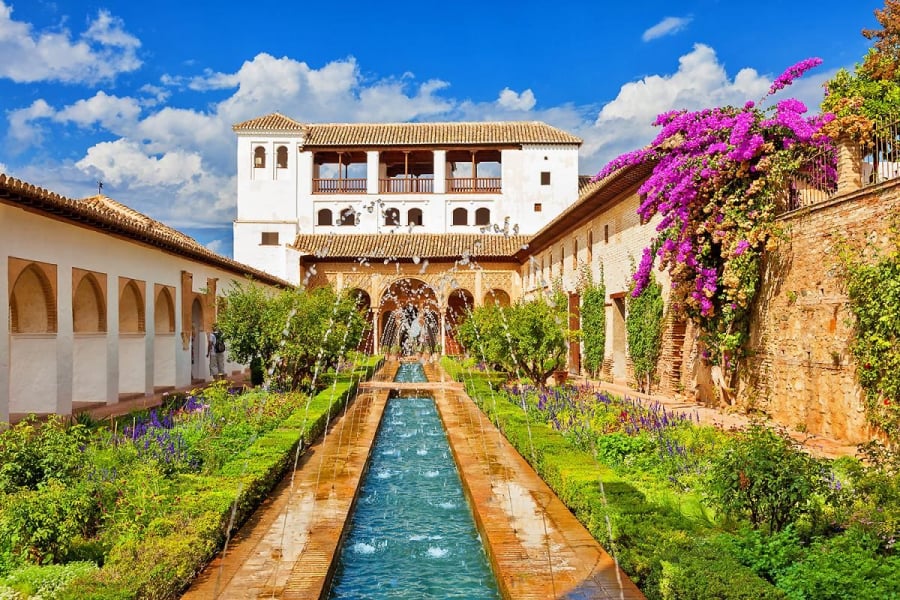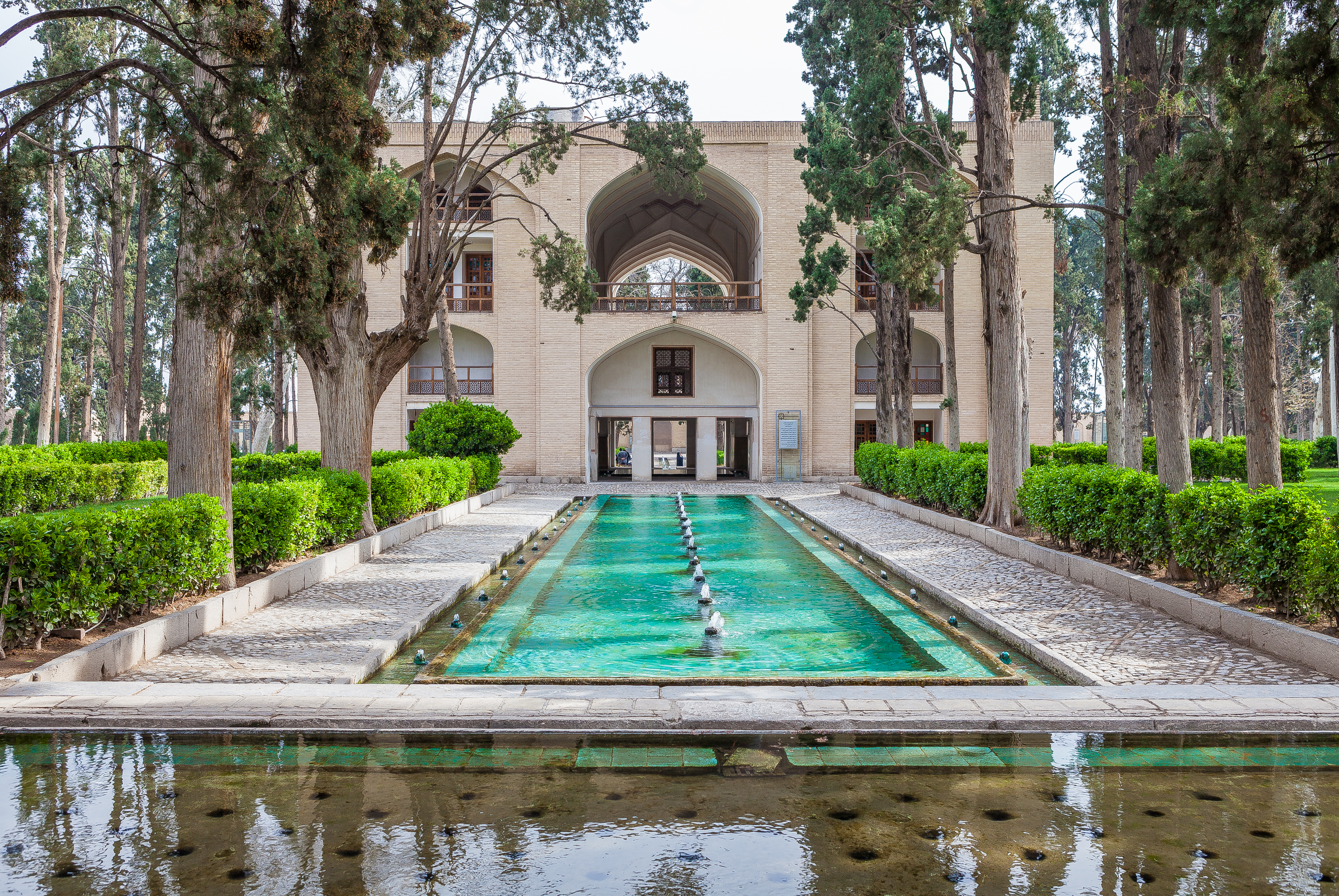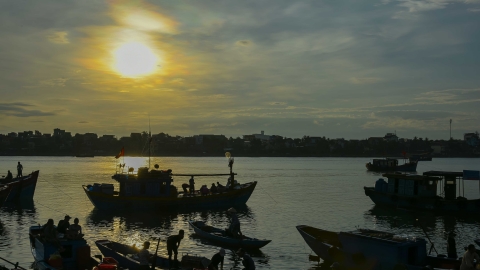Persian gardens began to be built as early as 4000 BC, but the most beautiful gardens date back to the Achaemenid period (also known as the Persian Empire, c. 550-330 BC), as shown by the decorative paintings on pottery of the time.
Persian gardens were typically enclosed gardens surrounded by walls, called charbagh, meaning "mirror of the garden of paradise". In Mughal Islamic texts, paradise was described as a garden with four rivers originating from a central stream or mountain, and divided into four quadrants: north, west, south, and east. The common design of Persian gardens was therefore rectangular, symmetrical along the main axes of the garden and elaborately divided by watercourses, often canals, ditches, lakes, and sometimes fountains and waterfalls. The water surface area usually occupied one-quarter of the garden area.
Beginning in the 12th and 13th centuries, tombs of members of the royal family or important figures were also placed in the gardens. When the Ilkhanate Mongols conquered Persia in the 13th century, the Persian gardens were supplemented with elaborate decorative structures such as peonies and chrysanthemums. Under the Safavid dynasty (1501-1736), the Persian gardens were built larger and more magnificent, becoming an indispensable part of the royal palaces. In 2011, UNESCO recognized 14 ancient Persian gardens as world cultural heritage, including:
1. Pasargad Garden in the ancient capital Pasargadae in Shiraz city, Fars province, Iran
Pasargad Garden is one of the earliest known examples of a Persian garden. The garden was laid out in a quadrangle divided into four sections by paths or small irrigation ditches. Today, Pasargad has only a remnant of the original garden.


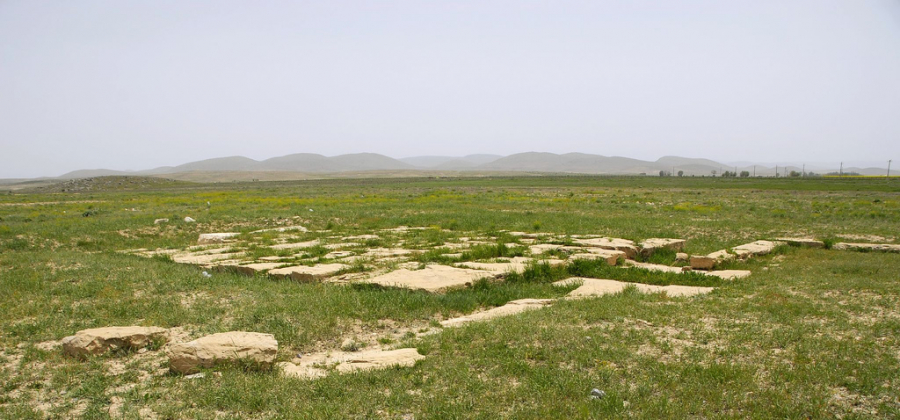
2. Eram Garden in Shiraz city, Fars province, Iran
Both the building and the garden were built by the Ilkhanate or a supreme leader of the Qashqai tribe of Pars in the mid-13th century. However, the original layout of the garden with its four-tiered Persian paradise garden structure was most likely built by the Seljuks in the 11th century and was then known as Bāgh-e Shāh ("Emperor's Garden" in Persian). Over the course of more than 150 years, the garden structure has been modified or restored by many figures in various styles.
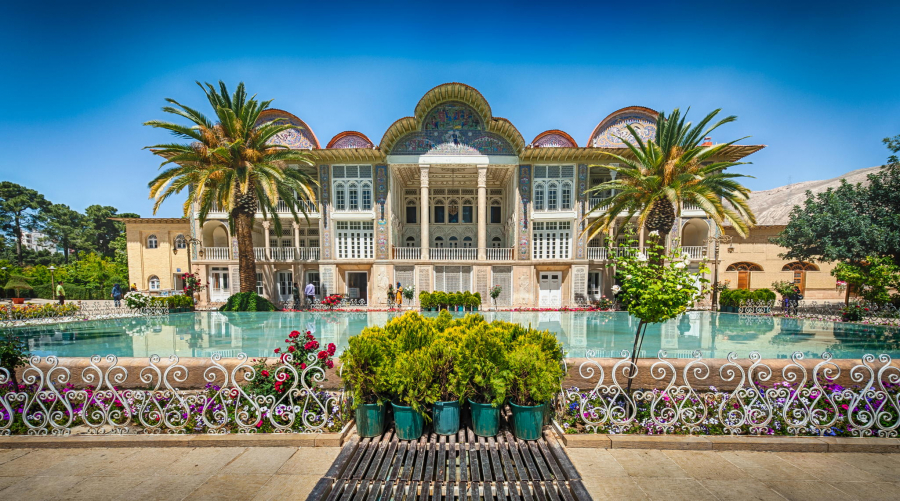
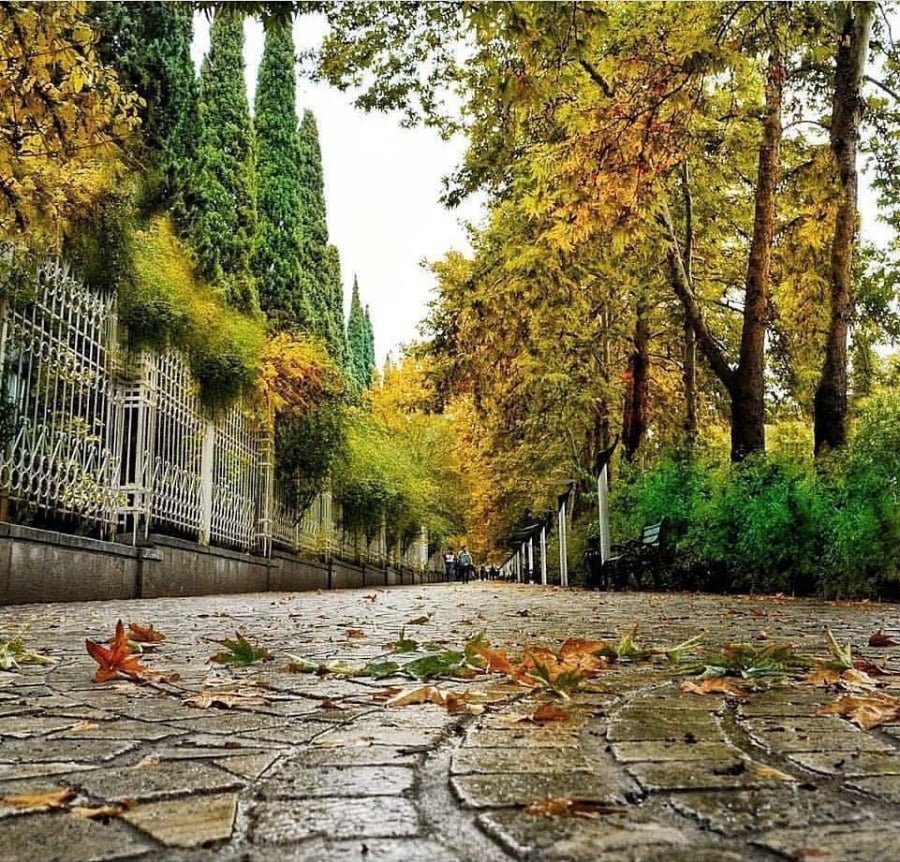



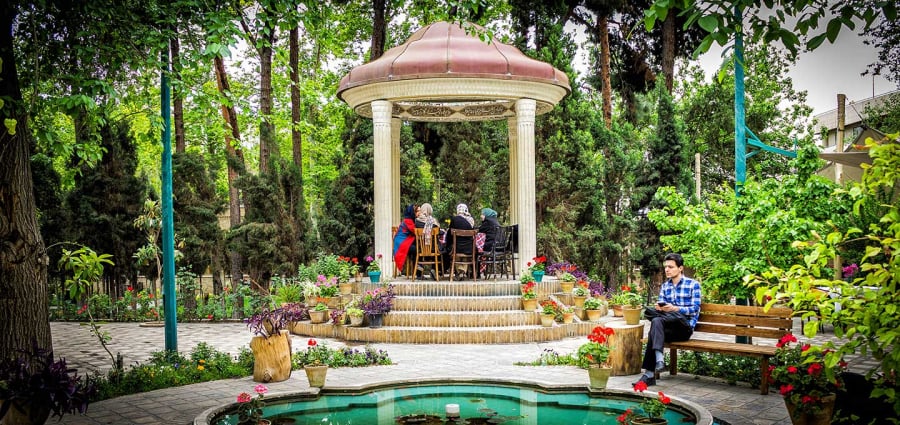
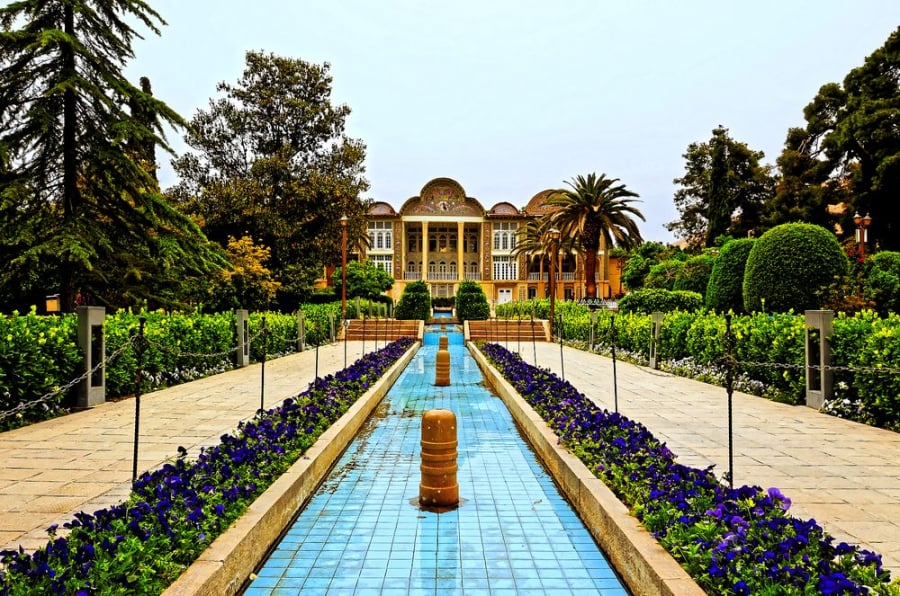
3. Chehel Sotun Garden in Isfahan city, Isfahan province, Iran
Chehel Sotun was built by Shah Abbas II for entertaining and receiving guests. The garden's name means "forty columns" in Persian, inspired by the twenty slender wooden columns that support the pavilion. When the house is reflected in the water of the fountain, it appears to be forty columns.



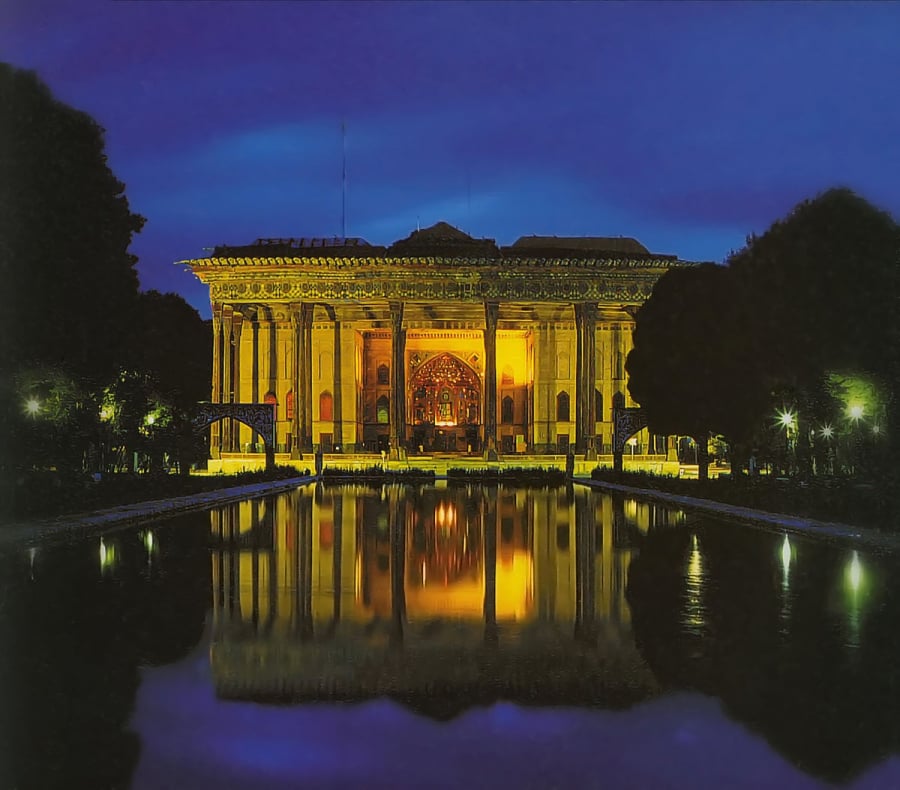
4. Fin Garden in Kashan city, Isfahan province, Iran
The Fin Garden covers 2.3 hectares with a main courtyard surrounded by ramparts with four round towers. In keeping with many Persian gardens of the period, the garden made extensive use of water features. Water was channeled from a spring on the hillside behind, forming numerous pools and fountains without the need for mechanical pumps. The garden is heavily planted with cypress trees and incorporates architectural features from the Safavid, Zandiyeh, and Qajar periods. Completed in 1590, it is the oldest surviving garden in Iran. The garden was then abandoned and fell into disrepair until 1935, when it was listed as a National Treasure, and in 2012, it was declared a UNESCO World Heritage Site along with many other ancient gardens of Iran.
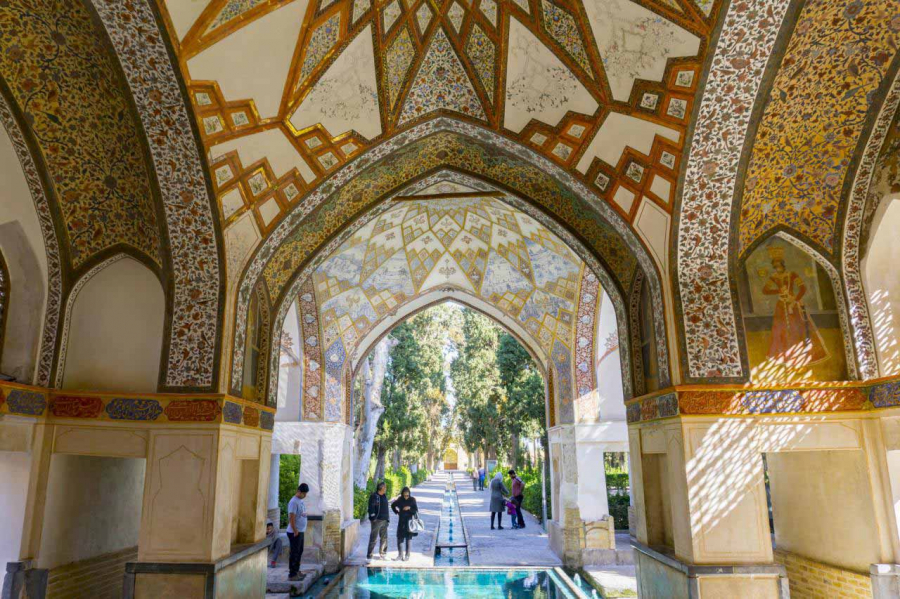
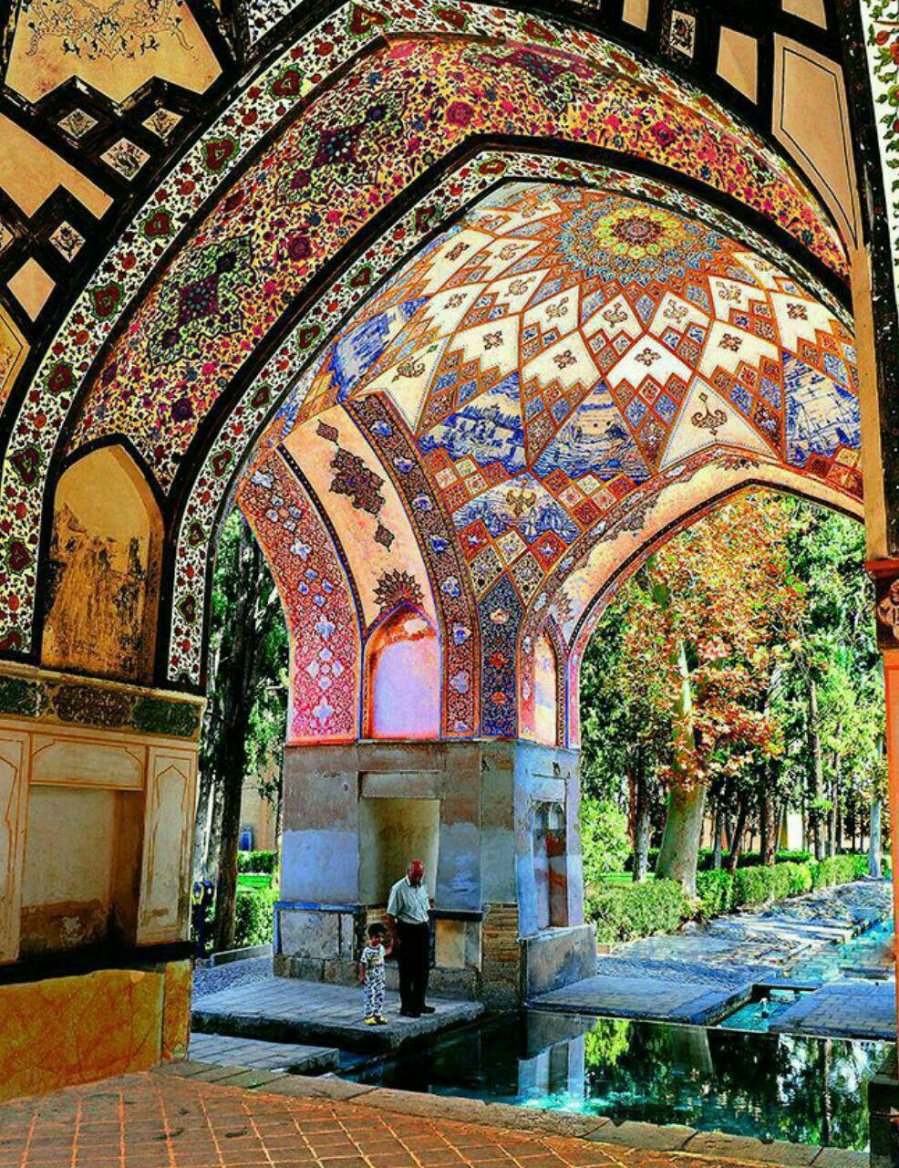
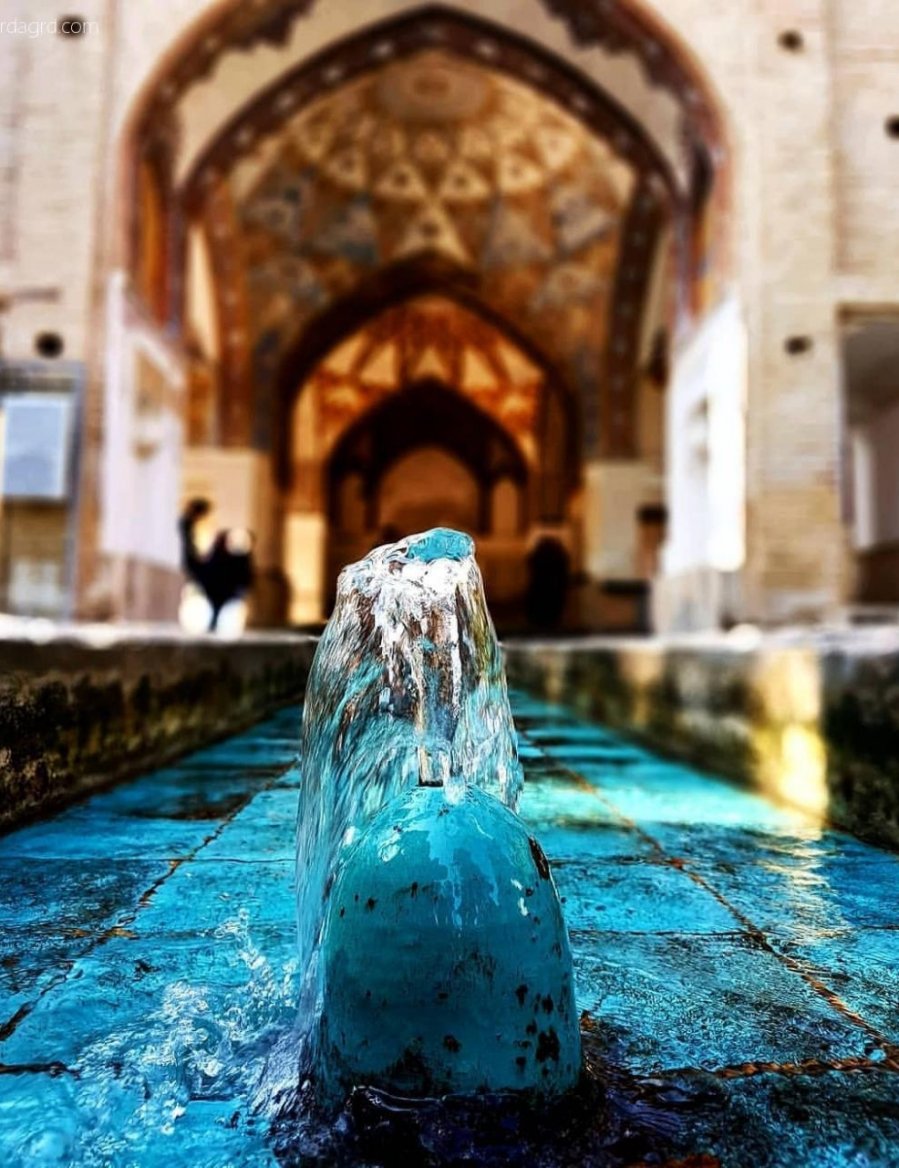
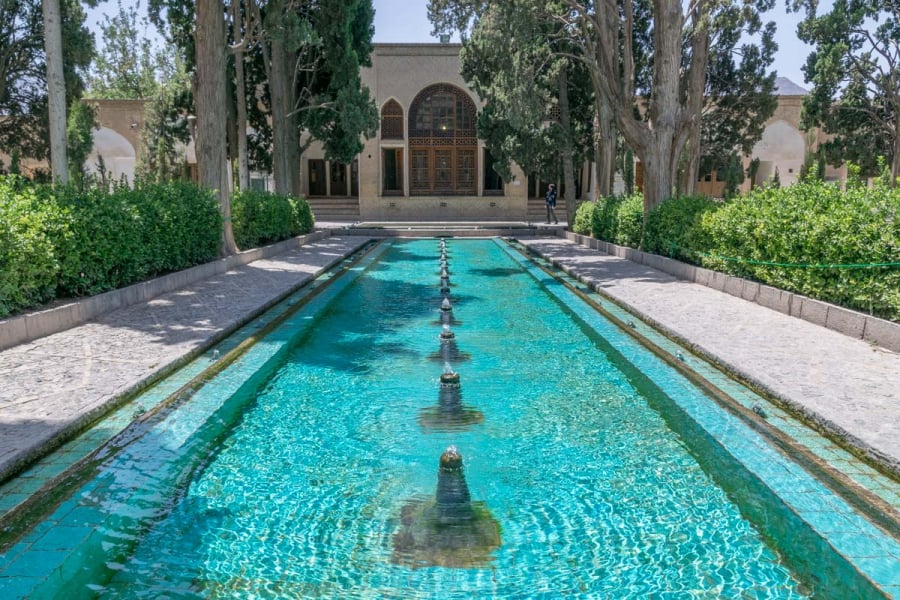
5. Abbasabad Garden in Abbasabad city, Mazandaran province, Iran
The Abbasabad Gardens, built around 1613 during the reign of Abbas I, are a collection of Safavid architectural elements and a fine example of a Persian garden with pools, fountains, rivers, and trees. It is one of the most beautiful and important Persian gardens and was one of the favorite residences of the Safavid rulers during their stay in Mazandaran. The garden was abandoned and gradually fell into oblivion in the late 17th century under Soltan Hosein and Suleiman I after the Turkmen revolts in Golestan. The remaining parts were rediscovered and protected in 1967. It is an archaeological site and has been part of the Persian Gardens World Heritage Site since 2011.
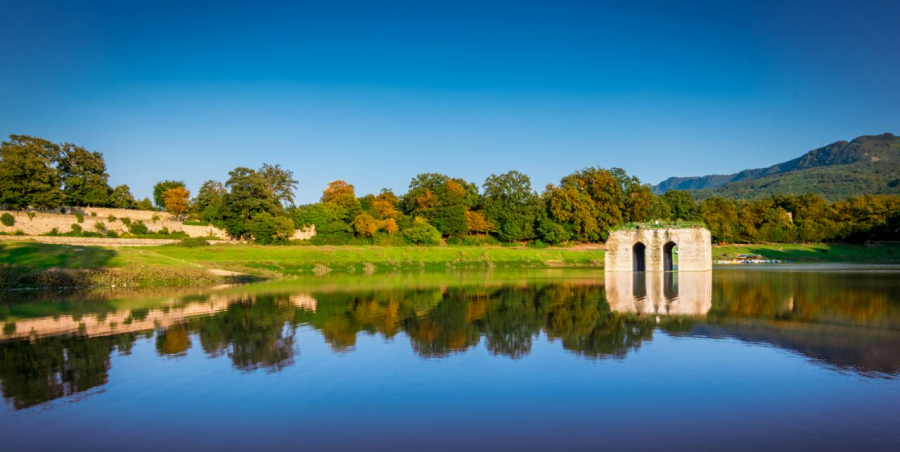

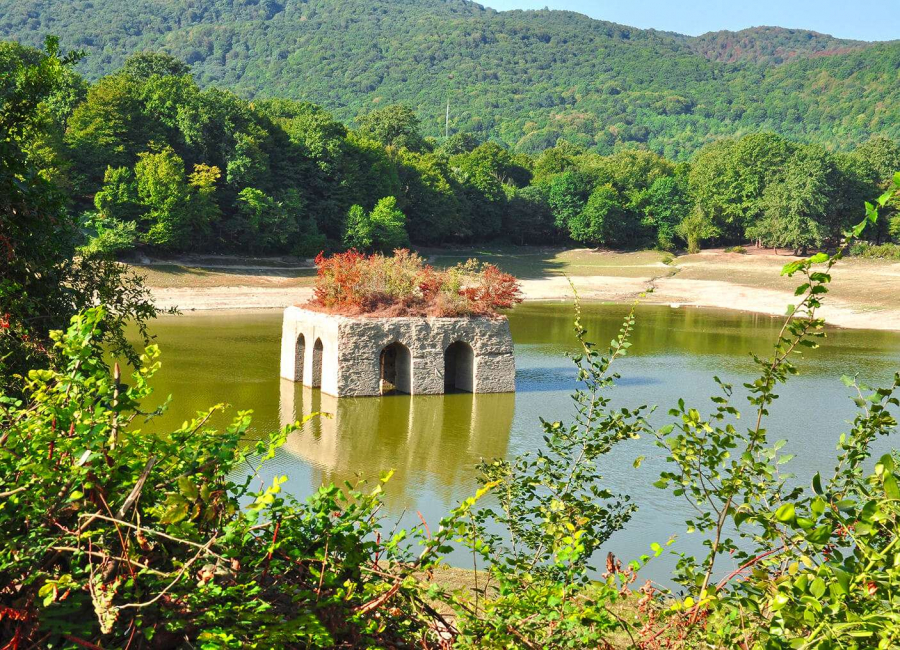
6. Shazdeh Garden in Mahan city, Kerman province, Iran
The rectangular garden covers an area of 5.5 hectares, surrounded by a wall. It includes an entrance and gate structure at the lower end of the area and a two-story private house structure at the upper part. Between the lower and upper areas are fountains, combined with the natural slope of the land. The garden is a typical example of a Persian garden that takes advantage of the favorable natural climate.
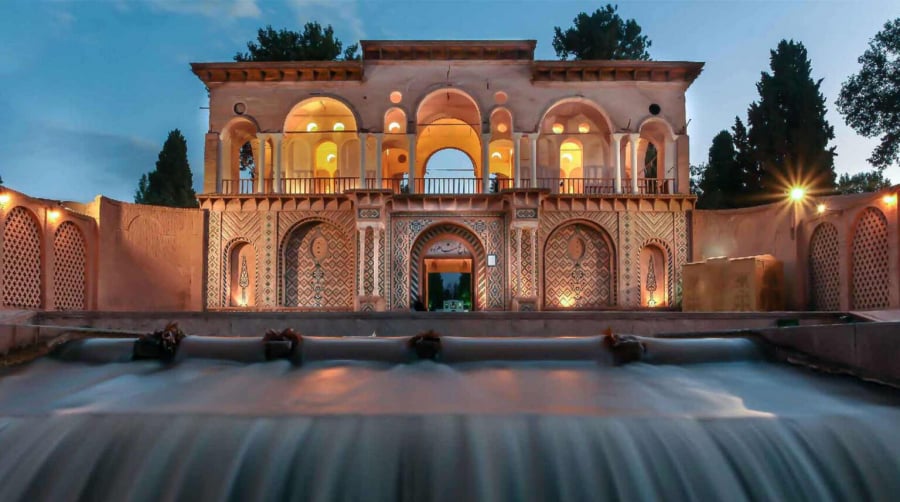

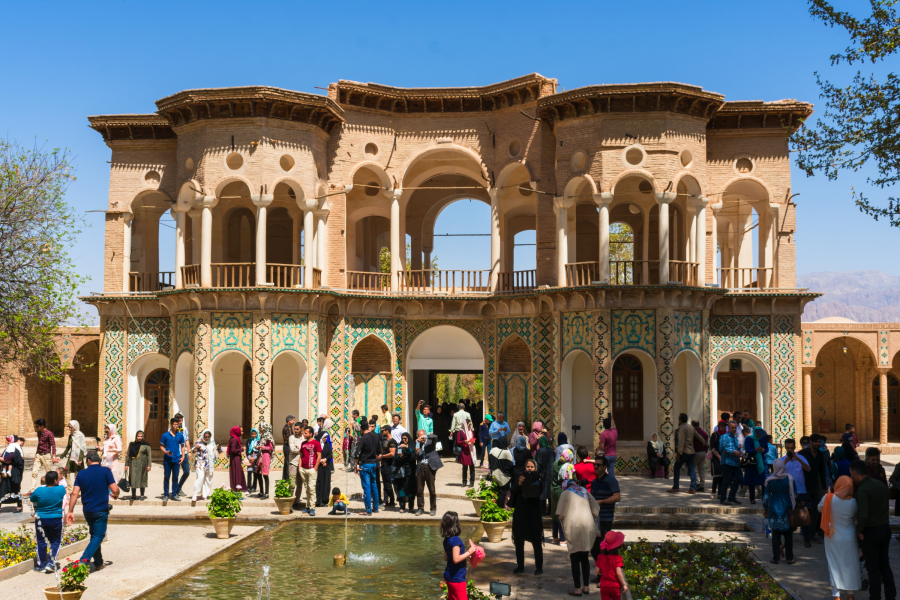

7. Dolatabad Garden in Yazd city, Yazd province, Iran
Dolatabad Garden in Yazd city was built in the 18th century. The unique feature of this architectural work is the wind tower that acts as a natural regulator and cooler. Hot air will be sucked down to the foot of the tower, then cooled by cold soil and water and released outside to cool the building.
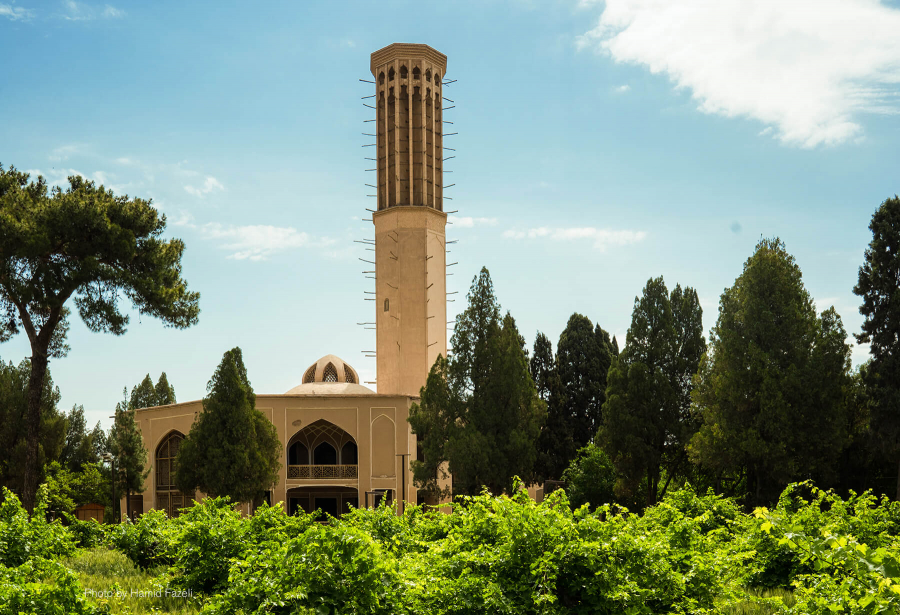
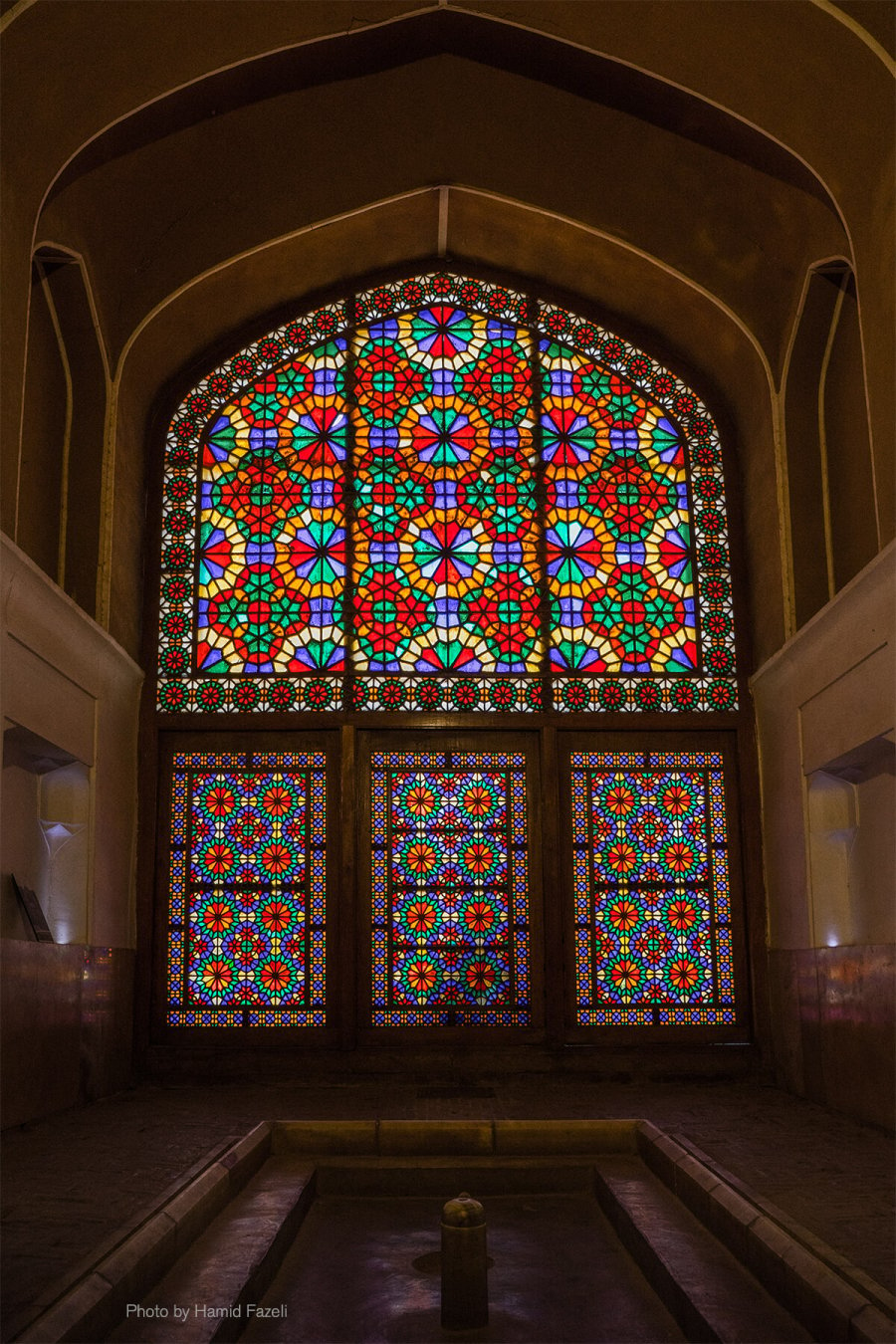
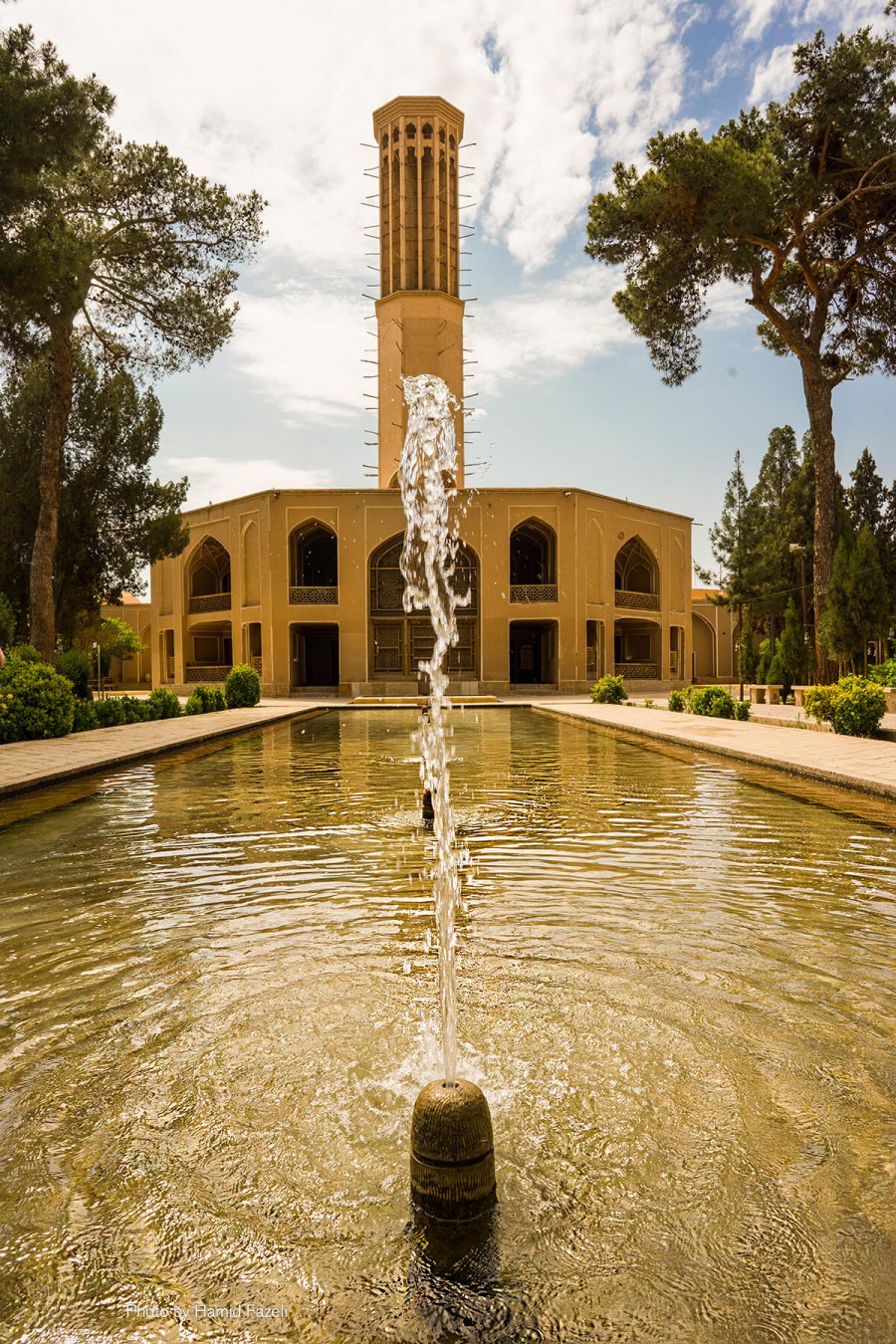
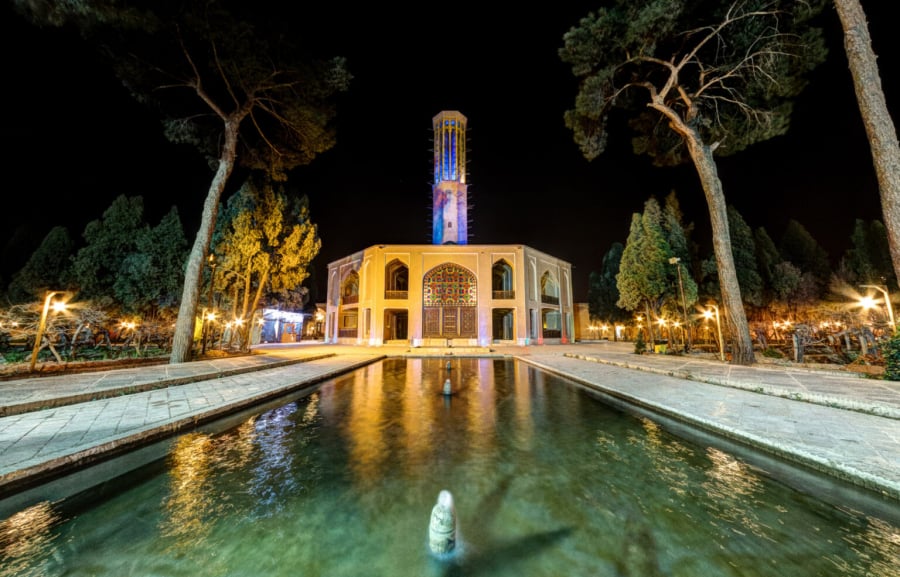
8. Pahlevanpour Garden in Mehriz city, Yazd province, Iran
Pahlavanpur Garden is one of the most famous Persian gardens in Iran, covering an area of about 5 hectares, creating a special link between nature and architecture. The garden includes a summer house, a winter house, a public bath, a guardhouse and a kitchen. Although the garden was built during the Qajar period, the architectural style of the Zand dynasty is clearly shown in many of the different structures in the garden.

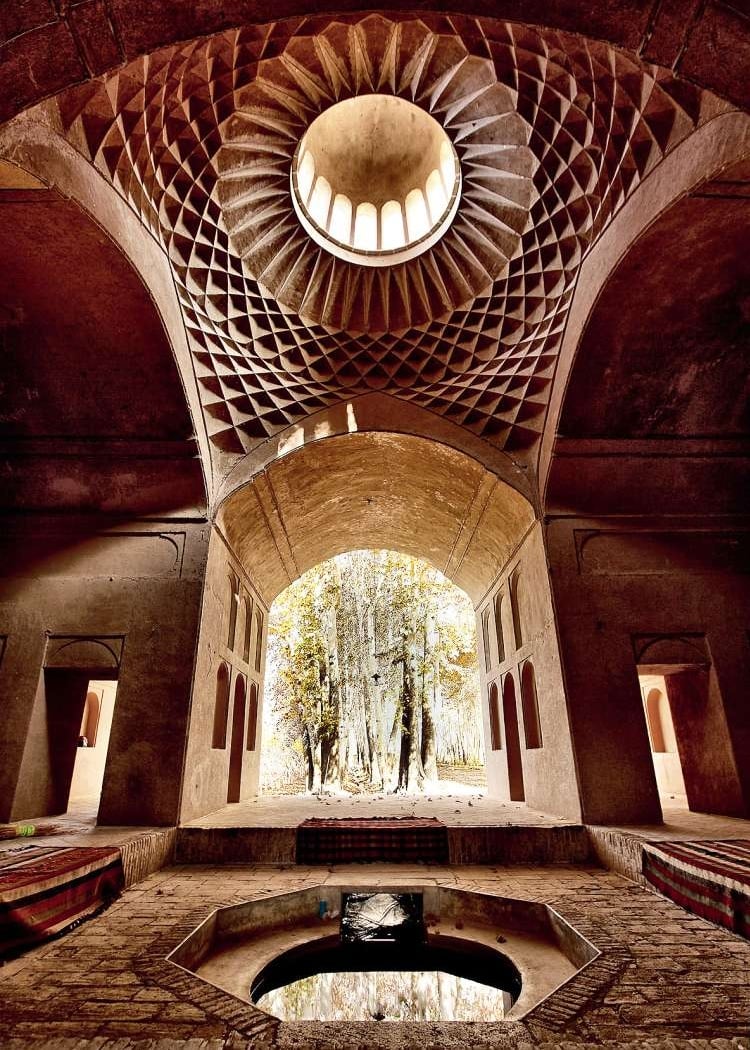


9. Akbarieh Garden in Birjand city, South Khorasan province, Iran
Akbarieh Garden, like other Persian gardens, represents a perfect combination of architecture with the natural environment and landscape. The garden is built in an attractive mountainous area, with two villas inside with beautiful window arches and rows of tall oak trees on both sides of the entrance. From the Zandiyeh and Qajar periods, the garden was used as a residence, reception and working place for governors.
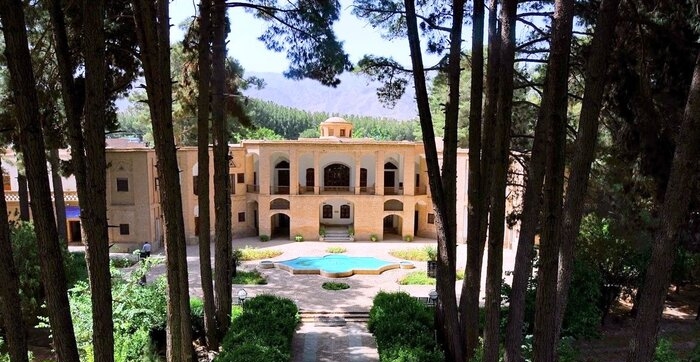
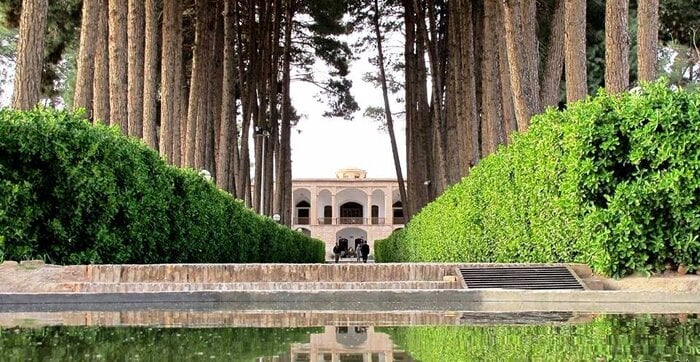
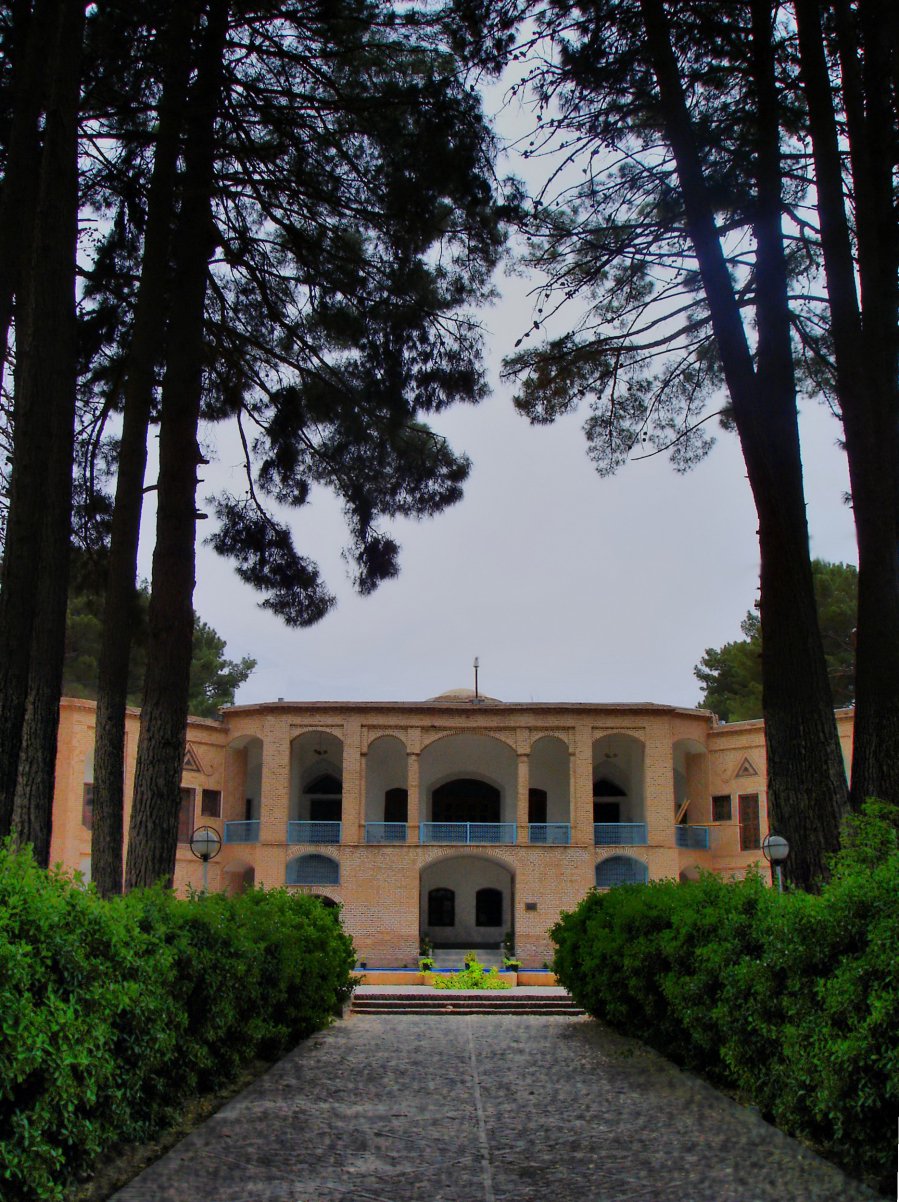
10. Taj Mahal in Agra, India
The Taj Mahal complex is set within and around a large Persian garden. Measuring 320 m × 300 m, the garden has raised walkways dividing each section into 16 flower beds or low flower beds. A tall marble water tank is in the center of the garden, halfway between the tomb and the main gate, and a reflecting pool along the north-south axis reflects the Taj Mahal. Tree-lined paths and fountains are arranged throughout the garden. The layout of the garden, and its architectural features such as fountains, brick and marble paths, patterned flower beds, and other features, are similar to those of Shalimar Garden. Early descriptions of the garden mention a rich variety of plants, including roses, daffodils, and fruit trees. As the Mughal Empire declined, the garden declined. When the British took control of the Taj Mahal, they changed the landscaping to make it resemble the lawns of London.
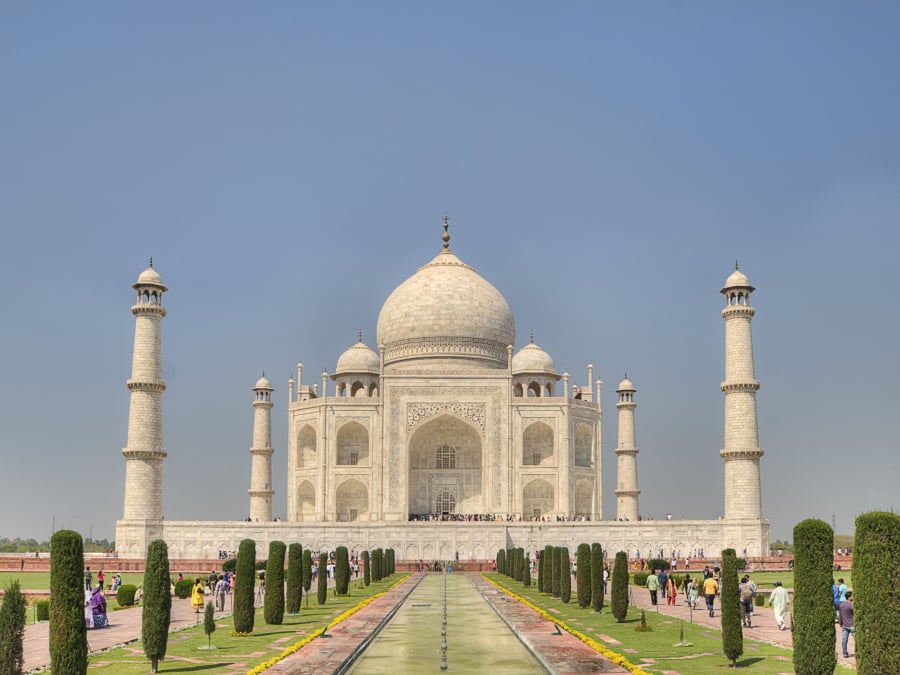
11. Humayun's Tomb in New Delhi, India
Humayun's Tomb of Mughal Emperor Humayun is the first garden tomb in the Indian subcontinent, discovered in 1533. It was the first to use red sandstone on such a large scale. It was declared a UNESCO World Heritage Site in 1993 and has since undergone extensive restoration work. In addition to the main tomb, there are several smaller monuments along the western approach, including a tomb that predates the main tomb by about 20 years. The structure represents a quantum leap in Mughal architecture, and together with the garden, which is a typical Persian garden design never seen before in India, it forms a landmark architectural ensemble for Mughal architecture that followed.
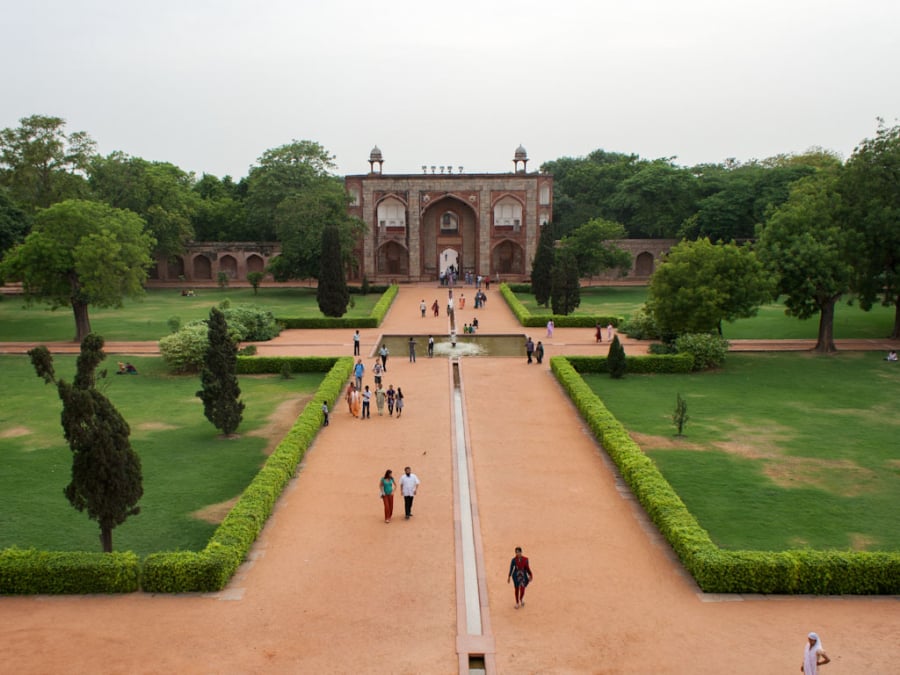
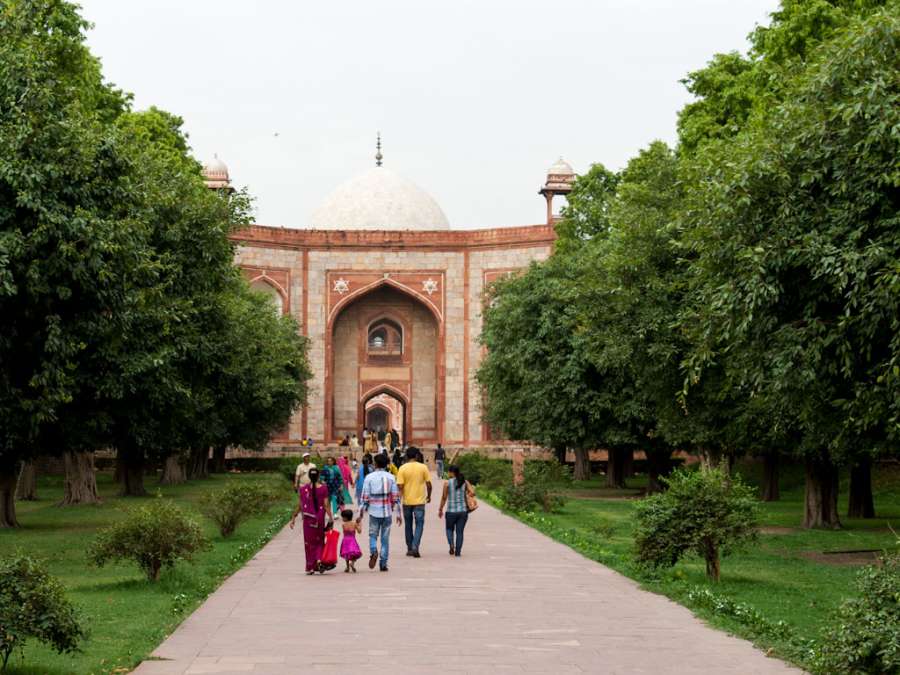
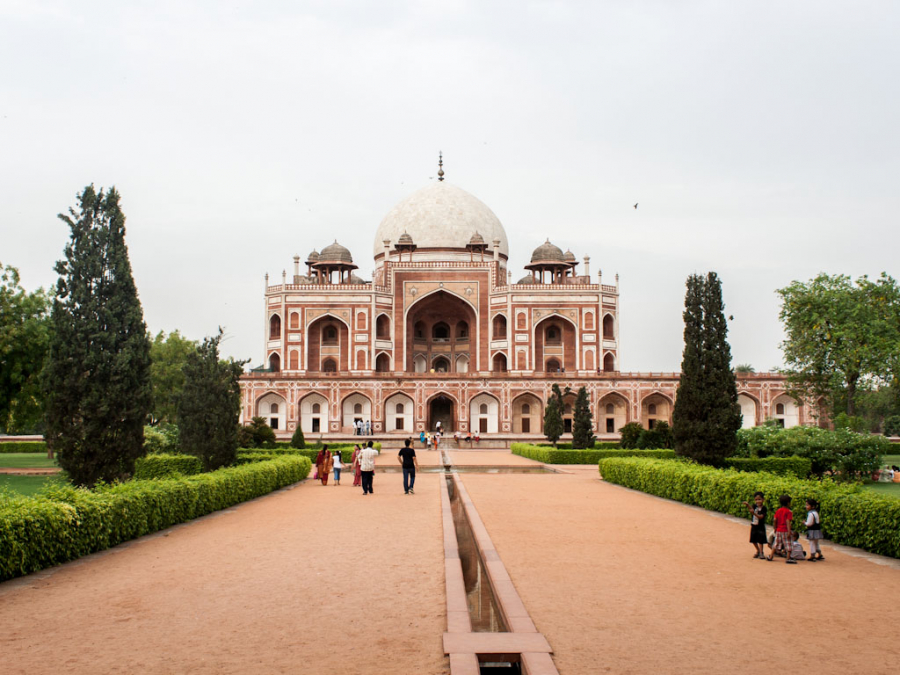
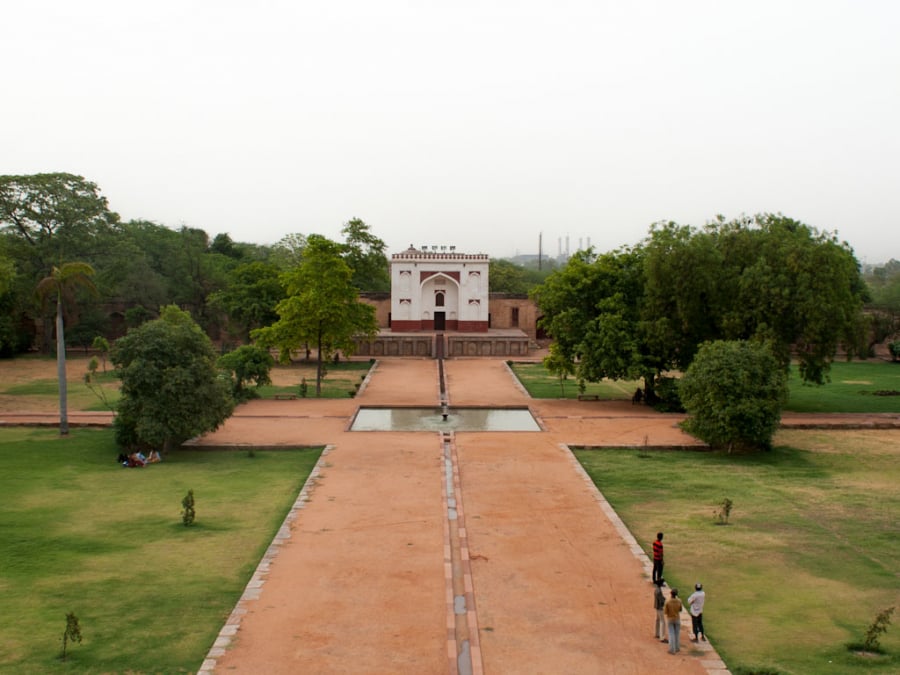
12. Shalimar Gardens in Lahore, Punjab Province, Pakistan
Shalimar is a 16-hectare rectangular structure surrounded by a high brick wall. Its length is 658 m from north to south and 258 m from east to west, arranged in three levels descending from south to north. In 1981, Shalimar Garden was recognized as a part of the UNESCO World Heritage Site along with Lahore Fort. Shalimar includes a variety of plants, mainly almonds, apples, apricots, strawberries, mangoes, peaches, grapes, birches, cypresses... all creating a green space for this garden.
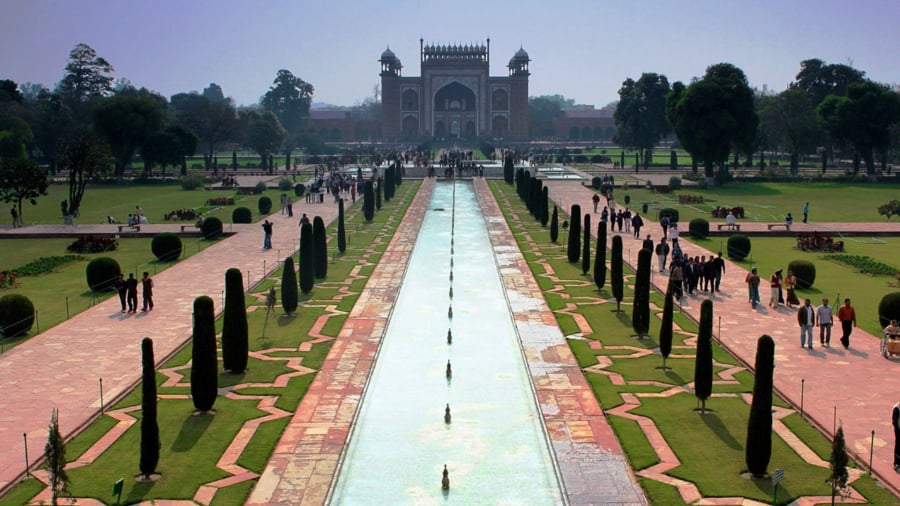
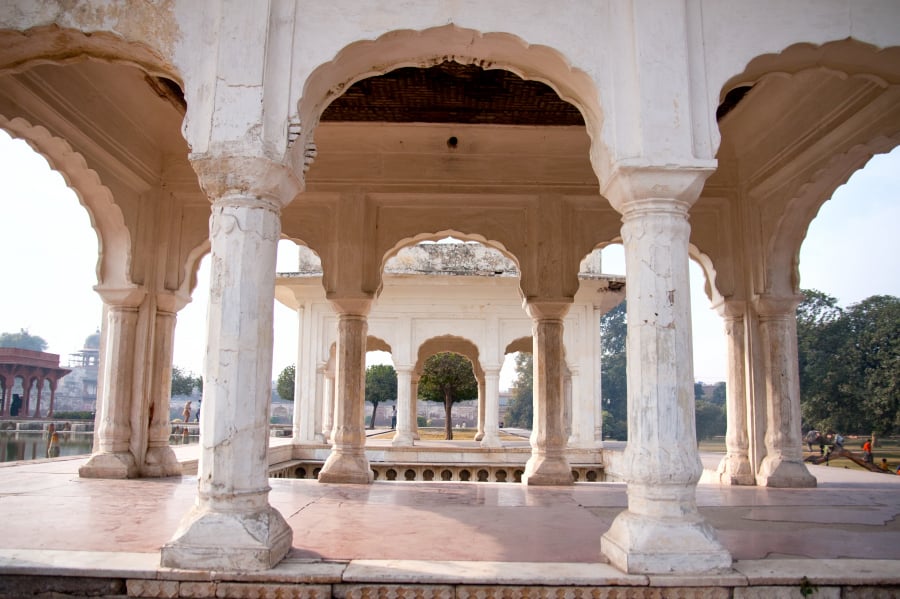
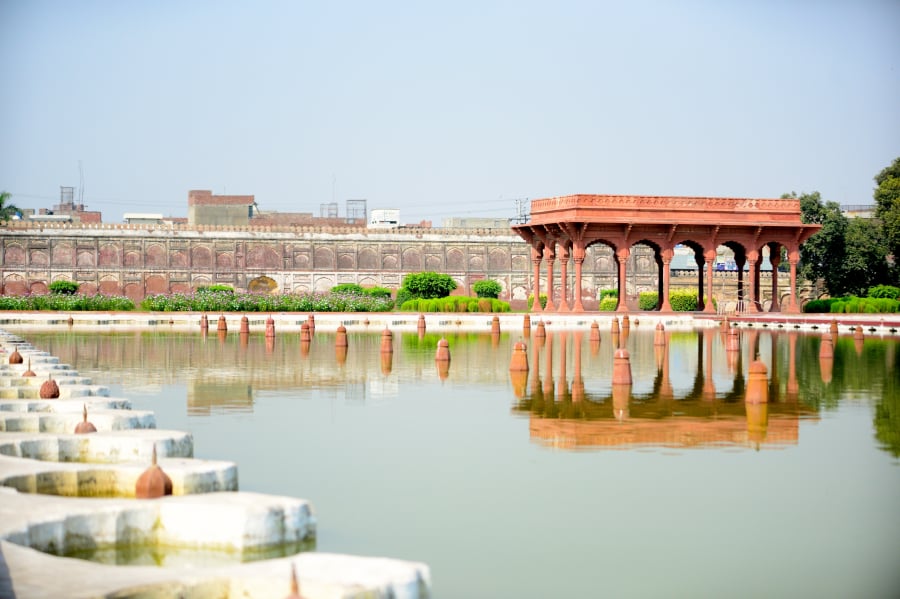
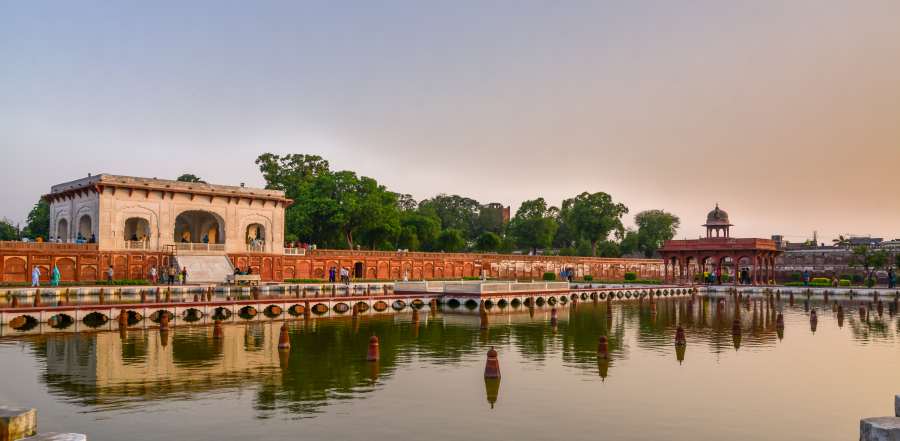
13. Babur Garden in Kabul city, Kabul province, Afghanistan
Babur, the founder of the Mughal Empire, sought to make a significant architectural mark for his dynasty, and was passionate about gardens. Babur's meticulously maintained gardens incorporated the three aspects of Islamic architecture: rigor, balance, and symmetry, as well as the Persian garden's use of water, a luxury for those living in the Central Asian deserts. In the spirit of "water conservation," the water that flowed through Babur's gardens was recycled and kept in circulation by simply designed fountains and narrow channels.
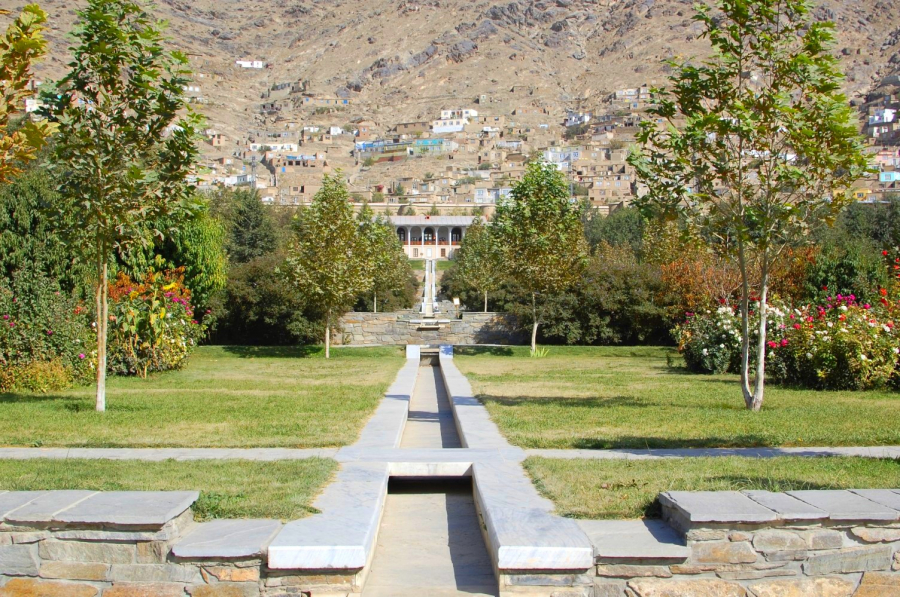
14. Generalife Gardens in Granada city, Granada province, Spain
This is the garden of the Generalife Palace, the summer palace and state estate of the Nasrid Emirs of the Granada Empire in Al-Andalus. The palace and gardens were built during the reign of Muhammed III, Sultan of Granada (1302-1309) and were redecorated shortly thereafter by Ismail I, Sultan of Granada (1313-1324).
